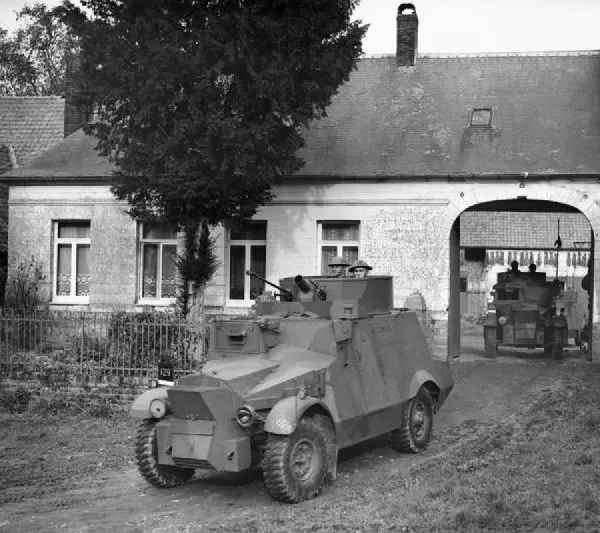The Rolls-Royce armoured car was a British armoured car developed in 1914 and used in World War I and in the early part of World War II. At the outbreak of World War II, 76 vehicles were in service. They were used in operations in the Western Desert, in Iraq, and in Syria. By the end of 1941, they were withdrawn from the frontline service as modern armoured car designs became available.
This mode, which I bought about twenty five years ago now, was originally designed and manufactured by the Honourable Lead Boiler Suit Company (HLBSCo) they were then small and relatively new.
A version of the model is still available today and the other HLBSCo models are available from Empress Miniatures. The newer version consists of more resin and less white metal.
I bought the model for Tally Ho! but also intend to use it with my Bolt Action Home Guard forces.
I gave the model a base coat of Cruiser Tank Green (700), which I am not sure is the right colour for a 1940s Rolls Royce Armoured Car.

I think though looking at other models, that it’s probably okay, and fine.

I wasn’t too happy with it, so after a while I decided to give the model another basecoat of Army Green Spray from the Army Painter range.


Once dry I masked the model with blu-tak.

I then used a Humbrol Tank Grey 67 spray for the dark colour.


The next stage will be painting the tyres and detailing.










































